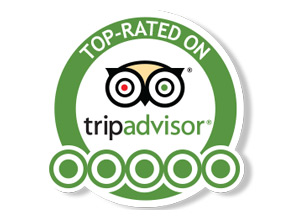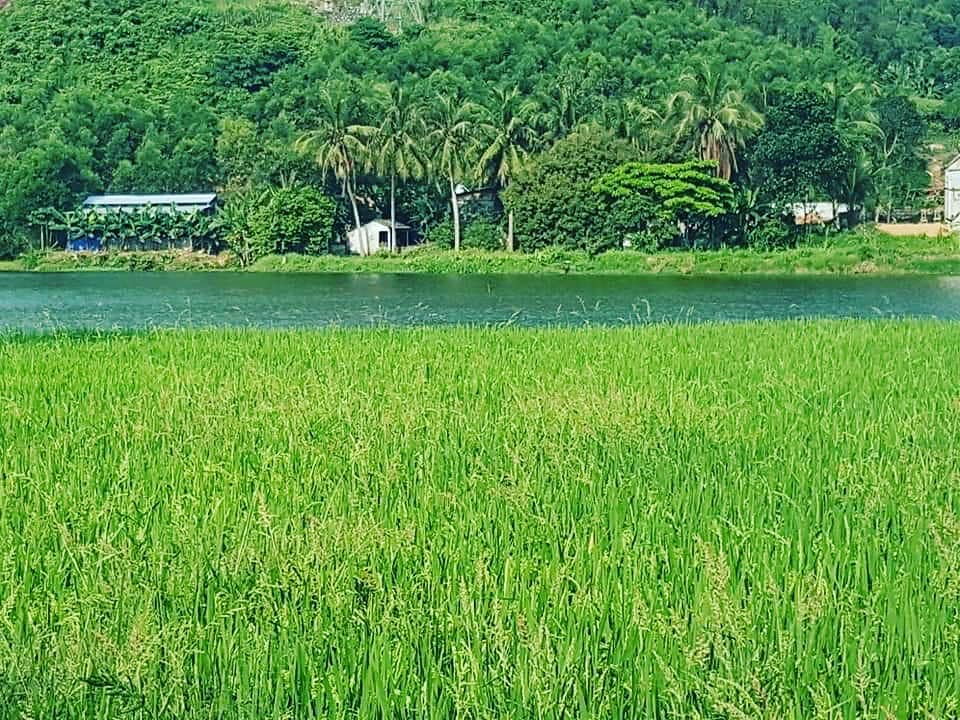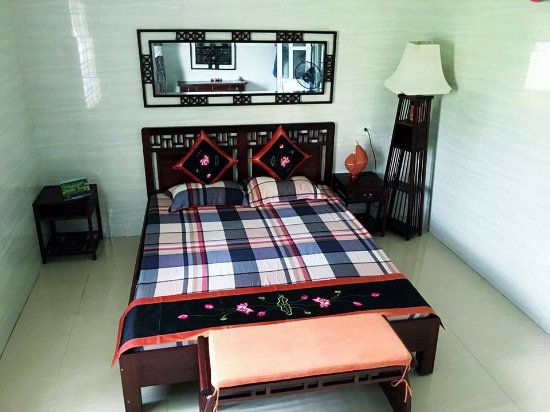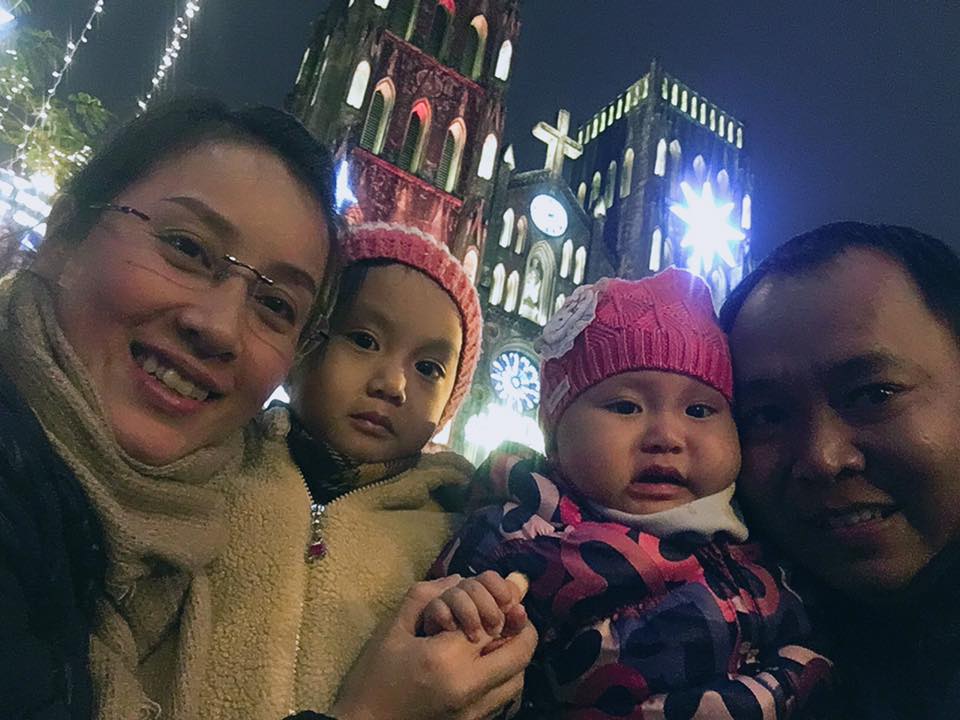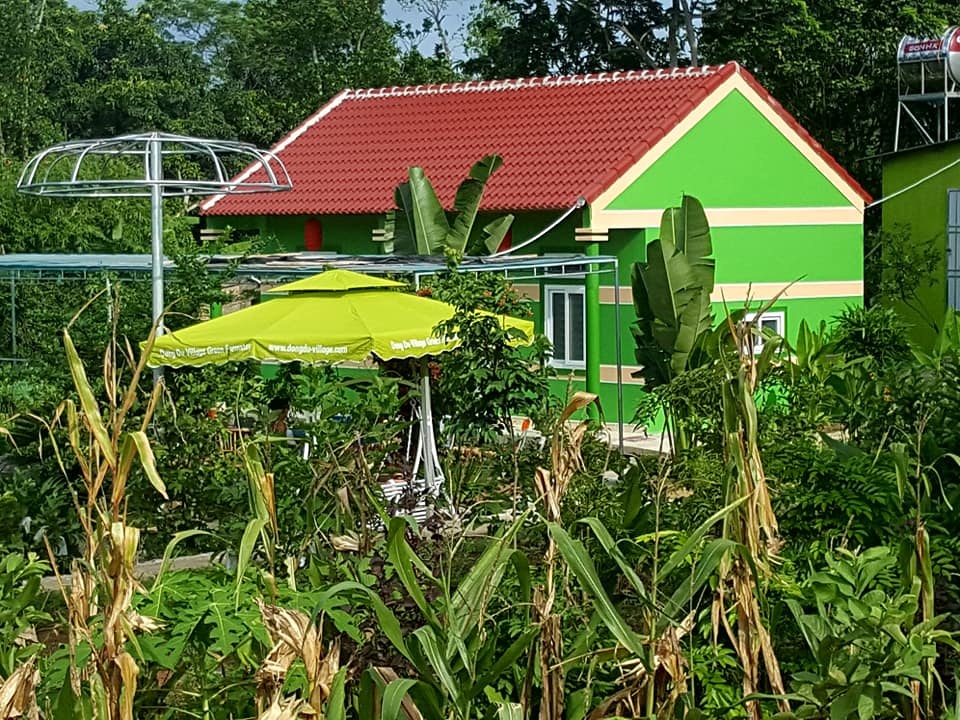Travel Blog
Dong Du Village Lakeside Farmstays
Discover Pu Mat Natural Park and Fatherland of HCM
Updated: 16/5/2019 | 11:48:27 PM
Pu Mat National Park, 120 km from Vinh city in Nghe An province and 110km from Dong Du Eco Farmstay, is the largest forest in north-central Vietnam and a world nature reserve. Its beautiful landscape and abundance of fauna and flora have also made Pu Mat a popular tourist destination.
Pu Mat National Park is located on the eastern slope of the Truong Son mountain range, spanning the Con Cuong, Anh Son, and Tuong Duong districts of Nghe An province. Pu Mat, in the Thai language, means ‘high slopes’. The park was established in 2002 and recognized by UNESCO as a World Nature Reserve in 2007,with a core area of 94,000 ha and a buffer zone of 100,000 ha. At 1,840 meters above sea level, Pu May is cloudy the year around. It is one of Vietnam’s principal nature reserves, with 2,400 flora species that include numerous valuable herbal plants. Of these flora species, 37 are listed in Vietnam’s Red Book and 20 which are in the world Red Book.
The forest also has 240 fauna species that include elephant, tiger, and a rare animal called a saola, that looks like a cross between an antelope and a goat or cow. The saola, also known as the ‘Asian unicorn’ is one of the world’s rarest species. It was completely unknown before 1992 and has been found living only in the Truong Son forest of Vietnam and Laos. The saola is on the Red List of Threatened Species of the International Union for Conservation of Nature and Natural Resources. Cao Tien Trung, an official of Vinh University, said: “Pu Mat Nature Reserves has great biological importance. Pu Mat National Park, Pu Huong Nature Reserve, and Pu Hoat Nature Reserve represent a rich source of rare and precious genetic material.”
Running across Pu Mat National Park is the Giang River, whose magnificent waterfalls, channels, and caves draws many tourists and has boosted local incomes. Nguyen Van Vinh is a tourism official in Nghe An province: “Pu Mat National Park has a great tourism potential in mountain climbing, kayaking, and camping. Ecological tours are becoming increasingly popular in Vietnam as in the rest of the world.”
In the buffer zone of the National Park are villages inhabited by Thai, Kho Mu, O Du, and Dan Lai ethnic minority people, who still cling to their traditional customs and culture. Ngo Kim Hong is a tourist from Hanoi: “Dancing over bamboo poles and drinking rice wine through bamboo tubes are impressive experiences. Visiting the Thai villages, I love to watch the locals weave their brocades. It’s fun to pose for a photo in a beautiful Thai brocade dress while standing beside a waterfall or in the dense forest.”
Pu Mat National Park is a place where scientists can explore a rich biodiversity of unspoiled nature while tourists explore the area’s beautiful scenery and rich ethnic cultures.
Kim Lien, Birthplace of Ho Chi Minh
No visit to Nghe An province should be complete without making the 20 minute journey from the city to Kim Lien. The historic birthplace of Bac Ho (Uncle Ho) or Ho Chi Minh. Here you will see the rustic village and rural setting that Ho Chi Minh grew up in.
Ho Chi Minh was the first leader and founder of the Vietnamese communist party. He also served as president of the Democratic Republic of Vietnam from 1945 until his death in 1969. He spent his life fighting for Vietnamese independence against the French and the United States.
Born in 1890 in the village of Kim Lien, Ho Chi Minh spent his early life in this village in the Nghe An province. Ho Chi Minh’s father, Nguyen Sinh Huy, was a scholar and civil servant who introduced Ho Chi Minh to many revolutionaries who opposed French colonial rule. Ho Chi Minh got his own start as a revolutionary at the age of 9 when he worked as a messenger for an anti colonial organization.
At 14, Ho Chi Minh left Kim Lien to attend the National Academy in Hue until his dismissal a few years later for taking part in anti French protests. In 1911 Ho Chi Minh worked as a cook on a French steam vessel which allowed him to travel to Europe, Africa and the United States, developing his language skills along the way.
Activism
The 1920’s and 1930’s were marked by scholarly activities and activism. In 1920 Ho Chi Minh founded the French Communist Party in Paris. From 1920 to 1923 he was a leader of the Vietnamese community in Paris and published several anti colonial journals. In 1925 he went to China to organize communist movements there.
In 1940 Ho Chi Minh returned to Vietnam for the first time in 30 years. There he met with members of the Indochinese Communist Party. It was at this time that Ho Chi Minh founded the Viet Minh, the organization which would fight for independence from French rule and Japanese military occupation. During World War II, Ho Chi Minh sought support for the Viet Minh, building relationships with diplomats and security officers. In 1945 as president of the Democratic Republic of Vietnam, Ho Chi Minh declared Vietnam to be a “free and independent country”.
War would later break out between Vietnam and France and then later between North Vietnam and South Vietnam supported by the United States.
Kim Lien, the birthplace of Ho Chi Minh consists of 3 historic sites. The first is the reconstructed village where Ho Chi Minh was born and grew up. Here you will see several humble cottages. You are free to roam between them and see how the people here would’ve lived over a hundred years ago.
In addition to the village, there is also a museum dedicated to the life of Ho Chi Minh. Here you can learn everything about his early years, to his escapades as a young man and finally his fight for Vietnam and communism. Most of the texts in Vietnamese are accompanied by English translations so it will be easy to get by.
Finally about 10 km from the site is a memorial to Ho Chi Minh’s mother. A beautiful site on a hill overlooking the Kim Lien village. Purchase flowers for 10.000 VND and lay them at the base of the memorial as a sign of respect.
If you’re on motorbike it will take you about 20 minutes to get to the village. Simply head west on QL46A and after about 12 km you’ll see the turn off to head into the village. Also be sure to visit the website to stay up to date. Events are often held in Kim Lien and if you know roughly when you will be in Vinh or Nghe An, you can plan around it.
Nghe An Province
Nghe An, Vinh and Dong Du Eco Farmstay have plenty to offer. Kim Lien is just one of many historic sites the surrounding province has to offer. Be sure to check out our website on Nghe An and Vinh city to find out what other things there are to do and see in this amazing area of Vietnam! To learn more check out www.dongdu-village.com
(Source: Dong Du Eco Farmstays)
Other news
- Dong Du Eco Farmstay and Pu Mat National Park
- It takes a village: The changing face of tourism in rural Vietnam
- Rice Fields, Waterwheels and Eco - Homestays in Green Pu Luong
- En excursion au parc naturel Pu Mat, Nghe An
- Les maisons-jardins de Huê
- Maisons - jardins au Vietnam
- Cửa Lò - a beautiful beach in Nghệ An
- Community-based tourism improves local lives in Thanh Hóa
- Village embraces ancient culture and civilazation
- Le tourisme durable, une idée qui pousse dans le monde entier !






